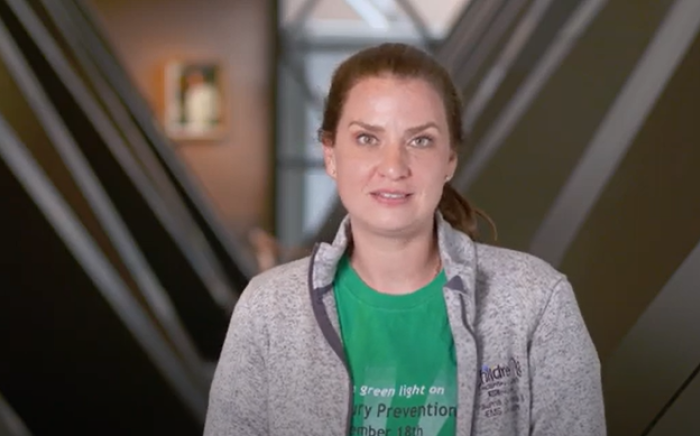Urinary tract infections (UTIs) are the most common serious bacterial infections in infants and young children, affecting 2 to 5 percent of all children. In September 2011, the American Academy of Pediatrics (AAP) published a clinical practice guideline to aid in the diagnosis and management of UTIs. The guideline helps doctors and other healthcare providers to:
- Make more accurate diagnoses
- Avoid unnecessary, painful imaging studies
- Avoid prolonged intravenous antibiotics
- Curtail the use of preventative antibiotics contributing to bacterial resistance
However, as in many areas of medicine, uptake of the new guidelines has been slow. “Research has shown that it takes evidence-based advances in medical practice more than 15 years to become standards of care,” says Katherine Jones, MD, Washington University pediatric hospitalist at St. Louis Children’s Hospital (SLCH). “This is proving true in regard to UTI management, where there continues to be significant variation.”
In an effort to provide children with the highest-quality, evidence-based care, SLCH has joined an international quality improvement collaborative for infants and children hospitalized with a UTI. The project is called Quality Improvement for the Management of Children Hospitalized with Urinary Tract Infection (Q-UTI, pronounced “cutie”). It is led and supported by the Value in Inpatient Pediatrics (VIP) Network, a program of the AAP Quality Improvement Innovation Networks (QuIIN). Washington University physician Snehal Shah, MD, from the division of pediatric hospitalist medicine, is leader of the multidisciplinary SLCH Q-UTI team.
“The aim of the project is to apply quality improvement methodology to improve care for children 7 days to 24 months of age hospitalized with their first UTI,” says Dr. Shah. “Primary focus will be on appropriate diagnostic strategy, imaging and treatment based on the recommendations in the 2011 AAP clinical practice guideline, as well as more recently published clinical evidence.”
Ensuring an accurate diagnosis is a primary step in the successful management of urinary tract infections in pediatric patients. Both pyuria and a positive urine culture (defined as >50,000 CFU/mL of a uropathogen) should be present in a catheter or suprapubic specimen to make a definitive diagnosis. The presence of pyuria in the urinalysis—in conjunction with the child’s clinical presentation—is key to distinguishing a UTI from asymptomatic bacteriuria.
An additional goal of the Q-UTI project is to emphasize the appropriate use of the renal ultrasound and voiding cystourethrogram (VCUG) in the evaluation of UTI in children ages 2 months to 2 years.
“There is evidence to suggest that while the VCUG is helpful in certain circumstances, it is not necessary to perform this procedure routinely after a first febrile UTI,” says Dr. Jones. “Instead, all children should first have a renal ultrasound performed. A subsequent VCUG should only be performed if the ultrasound shows abnormal findings suggestive of possible vesicoureteral reflux.”
The AAP guidelines state a VCUG is always indicated after a second UTI or in the setting of hypertension, poor growth, or a family history of renal or urologic abnormalities.
“An additional focus of the project is to ensure appropriate duration of therapy for children under the age of 2 treated for UTI. Recommendations are consistent with those in the AAP guidelines—the total duration of antibiotic therapy should be 7 to 14 days,” says Dr. Shah. “Furthermore, emphasis remains on minimizing the extended use of IV antibiotics after the child is improving and is discharged from the hospital.”
Each of the participating sites developed and submitted baseline data by collecting UTI statistics for the previous 12-month period. Going forward, the sites will implement quality improvement efforts over four, three-month cycles. Rolling data will be tracked to determine whether improvements are being made on matrixes based on the AAP’s 2011 guidelines.
For additional information about the Q-UTI project, contact Dr. Shah at [email protected], or Dr. Jones at [email protected].












